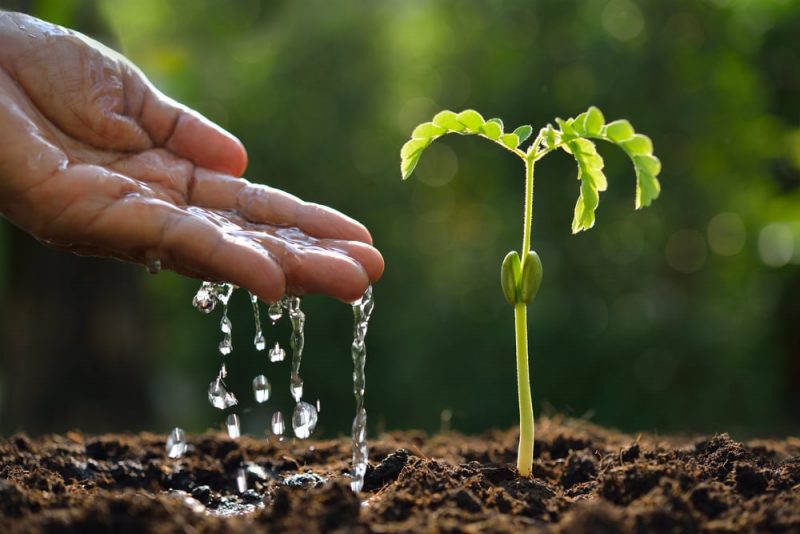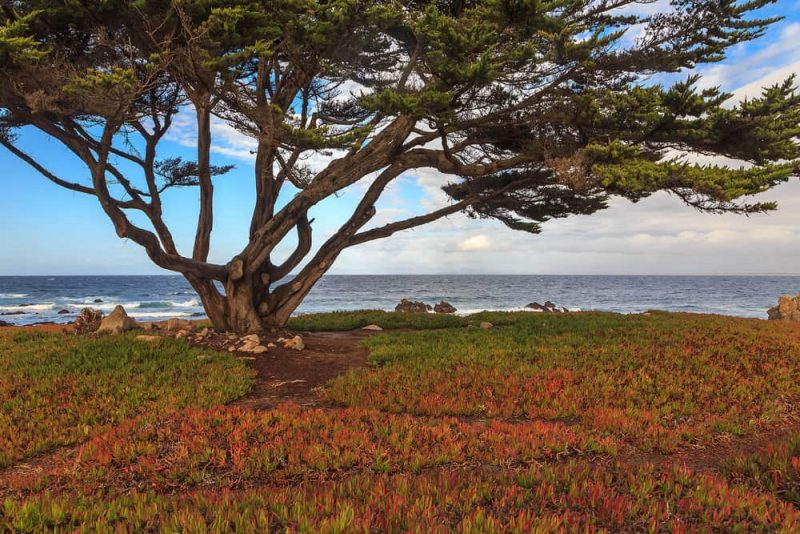exist five kingdoms In nature. The kingdoms are ways of classifying living beings based on certain characteristics that they have in common. This classification helps to understand the relationships that organisms establish with each other, but also to highlight the particularities of each species within the generalities of its kingdom.
The kingdom is a general ranking. Furthermore, each genus is subdivided into phylum (or division), class, order, family, and finally species. Species are the basic units of biological classification, that is, the minimum unit of classification.
The fact that the kingdom is one of the broadest classifications (lower than only the 3 domains), implies that within each domain There is an enormous quantity and variety of species that only have a few characteristics in common with each other, which nevertheless radically distinguish them from the species of other kingdoms.
In addition to the Plantae Kingdom, the other kingdoms of nature are:
- animalia (also called the Animal Kingdom). They are eukaryotic organisms, that is, they have cells with a differentiated nucleus. They have the ability to move voluntarily. Their cells do not have a cell wall. They are heterotrophs, that is, they consume organic matter from other living beings.
- fungi (also called mushrooms). They are also eukaryotic organisms but they do not have the ability to move. They have cell walls made up mainly of chitin.
- protist. Eukaryotic organisms that cannot be classified in any of the other three eukaryotic kingdoms (fungi, animalia, and plantae).
- monera. Kingdom of prokaryotic organisms, that is, their cells do not have a differentiated nucleus but the genetic material is free in the cytoplasm.
Kingdom Plantae

This kingdom is also known as the Plant Kingdom. Their characteristics are:
- Eukaryotic cells. Plants are eukaryotic organisms, that is, they have cells with a differentiated nucleus separated from the cytoplasm by a membrane.
- autotrophs. An autotrophic organism is one that does not require organic material from another living being to feed itself. That is, it produces its own food from inorganic substances. Plants differ from other autotrophic organisms (such as some bacteria) by the process by which they create organic material: photosynthesis. That is, all species within the plantae kingdom are photosynthetic.
- multicellular or unicellular. There are differences with respect to the division of the kingdom plantae in this aspect. Some recent classifications include unicellular organisms (glaucophytes) while other more traditional classifications consider plants to be only multicellular organisms.
- Displacement. Plants do not have the ability to move voluntarily.
- cell walls. The cells of these organisms are characterized by having a cell wall. They are distinguished from fungi (which have the same cell structure) because in plants the cell walls contain cellulose instead of chitin. Although a few examples of unicellular algae lack a cell wall, they are still considered plants because they have chloroplasts.
- Reproduction. Reproduction in plants is very varied, since there are both species with asexual reproduction and species with sexual reproduction, that is, gametes, zygotes and spores are involved.
Examples of Kingdom Plantae
- Braunia imberbis. Type of moss (non-vascular land plant) with stems up to 4 centimeters. It has a characteristic yellowish-green color. It grows on rocks.
- Cyanidioschyzon. Alga cyanidiophytina, unicellular, belonging to the red algae. It does not have a cell wall and therefore has a rounded shape.
- royal fern (osmunda regalis). Plant native to Europe, Asia, Africa and America. It grows in swamps. It belongs to the seedless vascular land plants.
- Magnolia. Perennial trees with flowers with white petals for ornamental use. Dicot species.
- sago palm (Cycas revoluta). Also called cica, church palm or false palm. It comes from Japan. It looks very similar to a palm tree, like all cycads (a specific type of gymnosperm).
- Cembra pine (Pinus cembra). Tree up to 25 cm tall with needles (needle-shaped leaves) grouped in five. It is a gymnosperm.
- banana plant (Musaceae). It has large leaves that grow spirally along the stem. They have flowers with 5 tepals. It is a monocotyledonous plant.
- snow watermelon (scientific name: chlamydomonas). Unicellular green algae that inhabits alpine snowdrifts.
- yew trees (tax). coniferous tree. It grows in mountainous and humid areas. It can reach 20 meters in height. As it is a gymnosperm, it does not have fruits but it does have an aril: a fleshy covering of the seed.
- Tulip. Perennial and bulbous plant. Monocotyledonous flowering plant.
The classification detailed below is the traditional classification. There is also a phylogenetic classification that includes other organisms not considered plants, but that have chloroplasts.
Classification of Kingdom Plantae
Algae
They are the plants that live in aquatic environments. They can be unicellular or multicellular.
- red algae. Also called rhodophytes. Despite containing chlorophyll, which allows photosynthesis, they are characterized by their red color due to pigments that cover the green color of chlorophyll.
- Cyanidiophytina. Unicellular algae that according to some classifications are considered protists. They inhabit hot springs, volcanic calderas, and other acidic environments. They have high resistance to toxic metals, that is to say that they are extremophile organisms (beings capable of living in extreme conditions).
- Rhodophytina. They are the red algae proper. Its coloration is due to phycoerythrin. The vast majority are marine. They live in shallow waters up to 100 meters deep and in some cases up to 250 meters. This is because they need light to carry out photosynthesis.
- Green algae. They are the species most related to terrestrial plants. At least 10,000 species have been discovered. They live in both freshwater and saltwater.
- Chlorophyta. Also called chlorophytes. Although they are mostly aquatic, there are species that adapt to frozen environments. Algae that are symbiotically related to fungi to form lichens belong to this group.
- Charophyta. Also called charophytes. Some species have mobility thanks to flagellated cells. In other species flagellated cells are involved in sexual reproduction.
land plants

They are also called embryophytes (embryophyta). They are descendants of certain species of green algae but are distinguished from them because they are able to live out of water. That is, they are the species that colonized the earth.
Terrestrial plants are characterized by traversing a embryo stageThat is why they are called embryophytes. This is a difference with all algae, more general than the fact that they are adapted to the terrestrial environment, since there are a few species of algae that live outside the water.
Embryophytes also have multicellular cell structures in the sporophyte, in the gametophyte, cuticle and thick-walled spores.
- non-vascular land plants. They are also called bryophytes. They do not have conduction vessels (xylem or phloem), they do not have roots, stems or leaves as such. Despite being among terrestrial plants, some species are aquatic. Due to the absence of roots, they have the ability to adhere to a wide variety of surfaces and grow in dark places, where they can absorb moisture from the environment.
- seedless vascular plants. Also called pteridophytes (pteridophyta) or ferns and allies. They are tracheophytes, that is, plants that alternate a gametophytic generation and another sporophytic. The spores have a stem with a stem (from which roots then grow) and in this way the plant can reproduce.
- Vascular plants with seed. Also called spermatophytes or phanerogams (spermatophyta).
